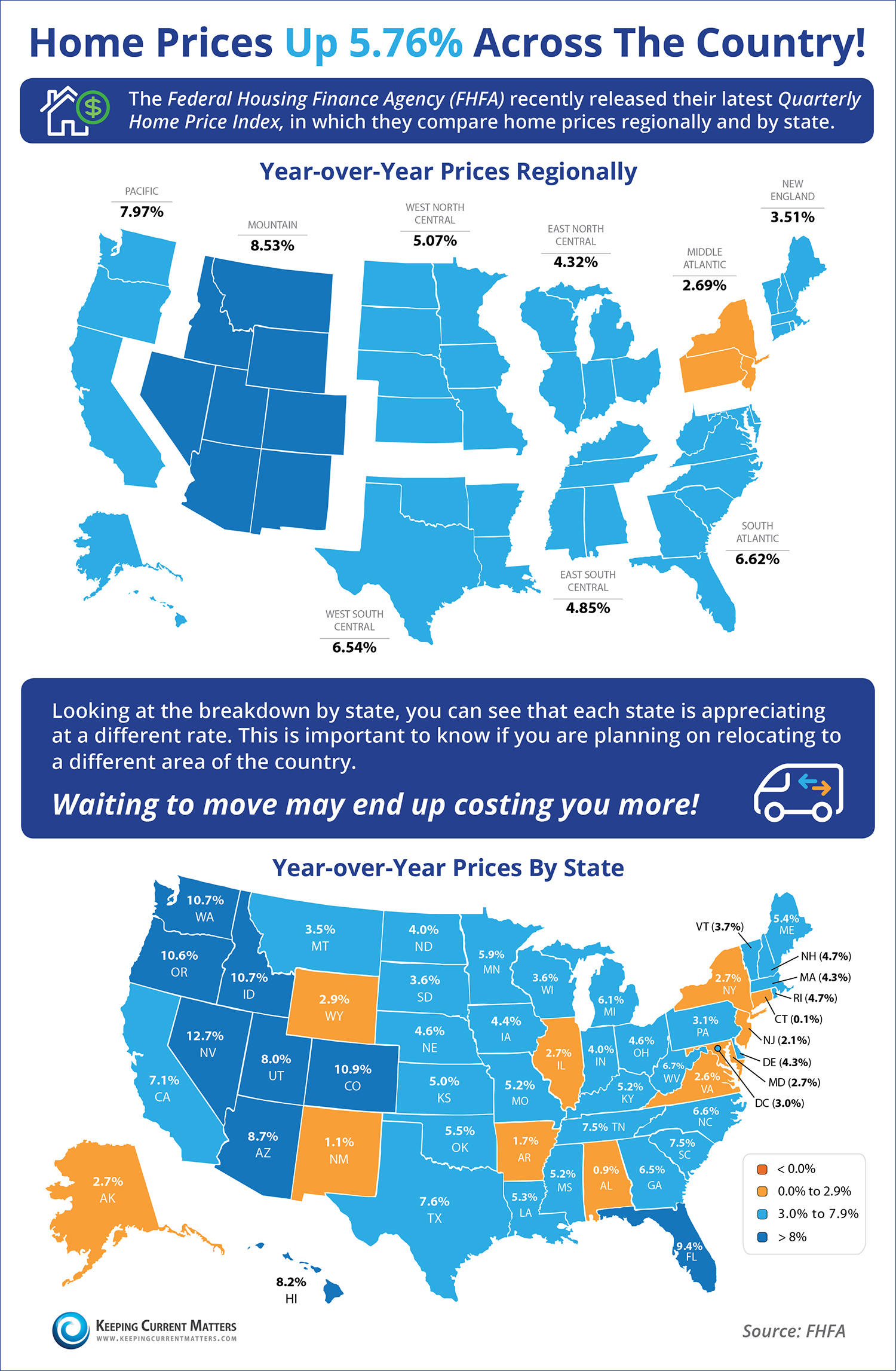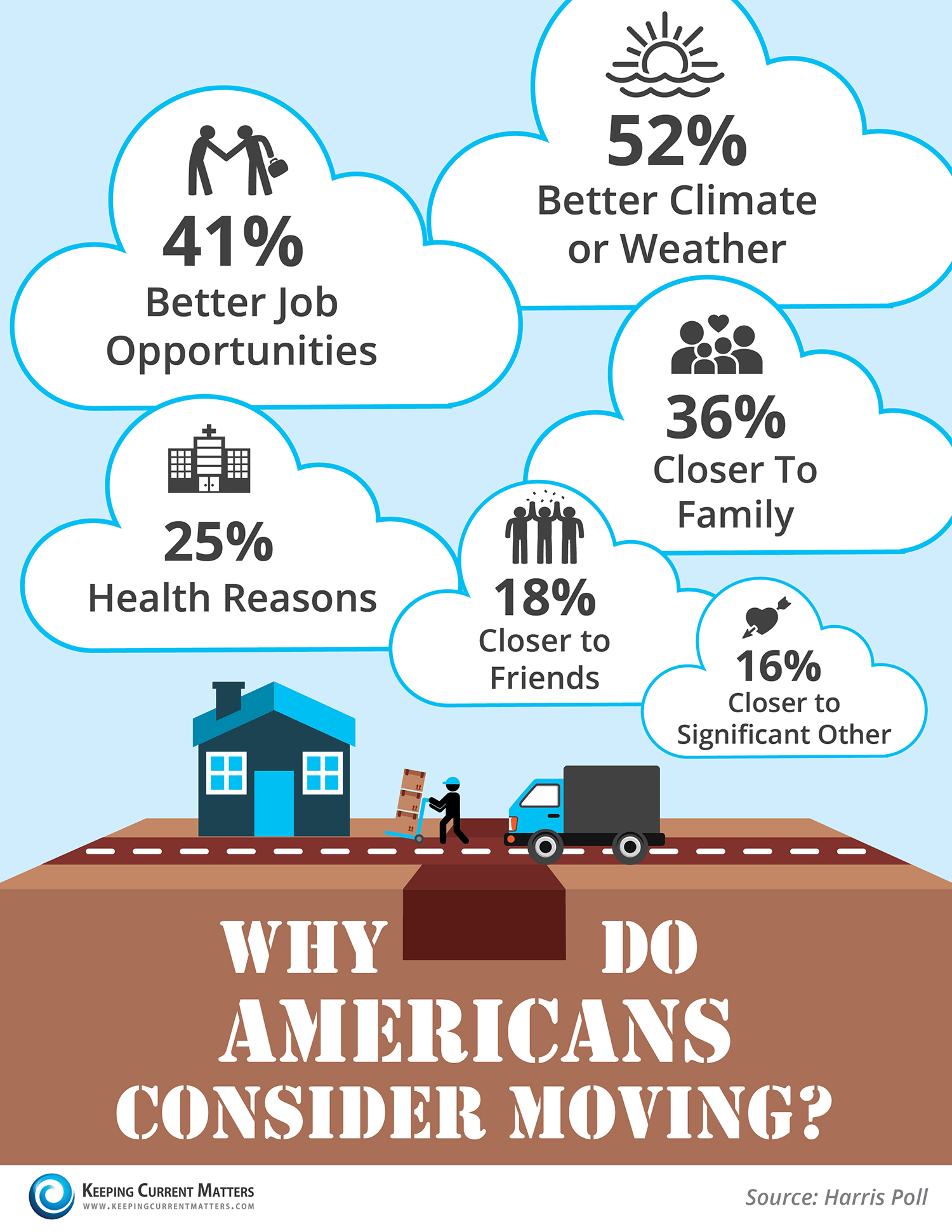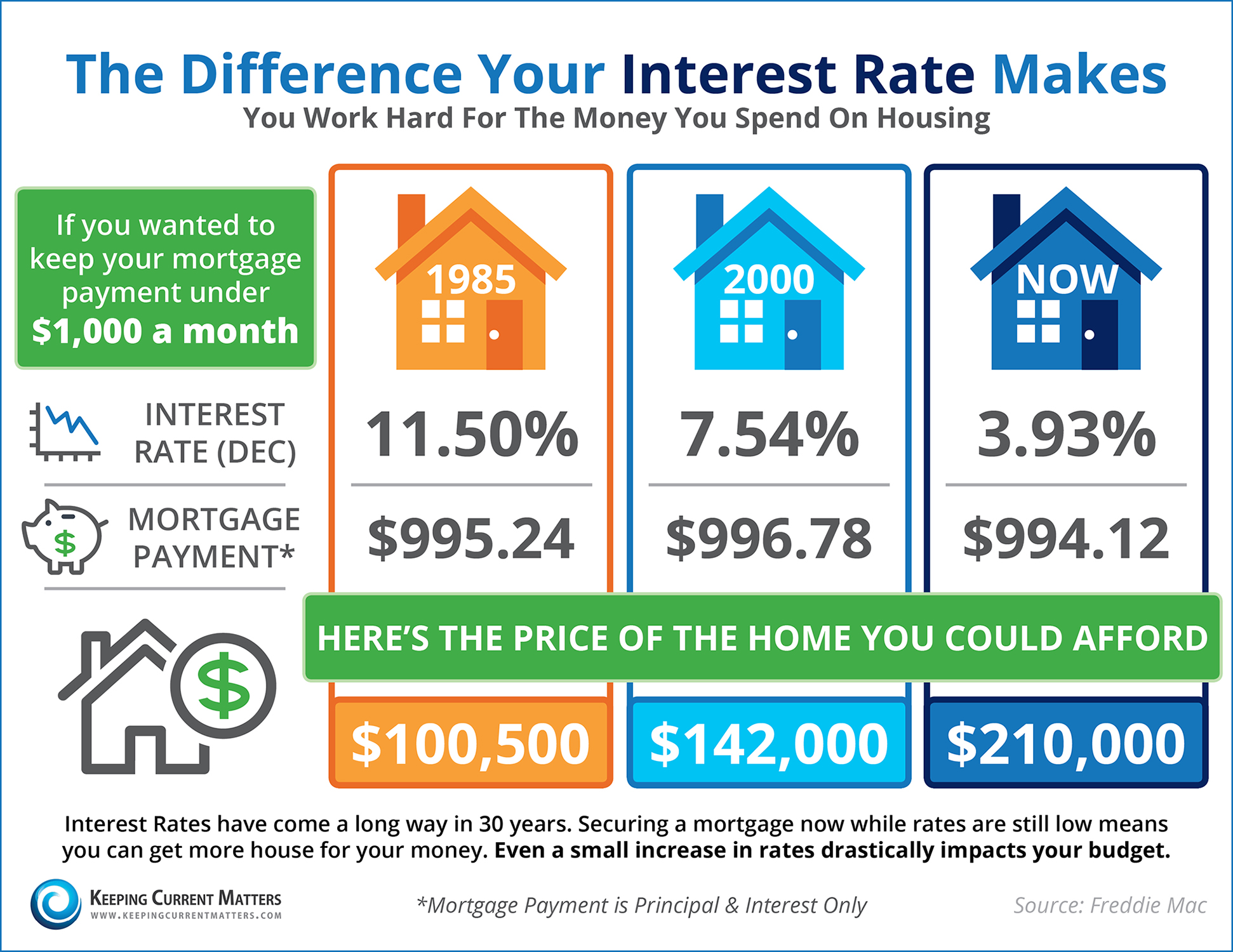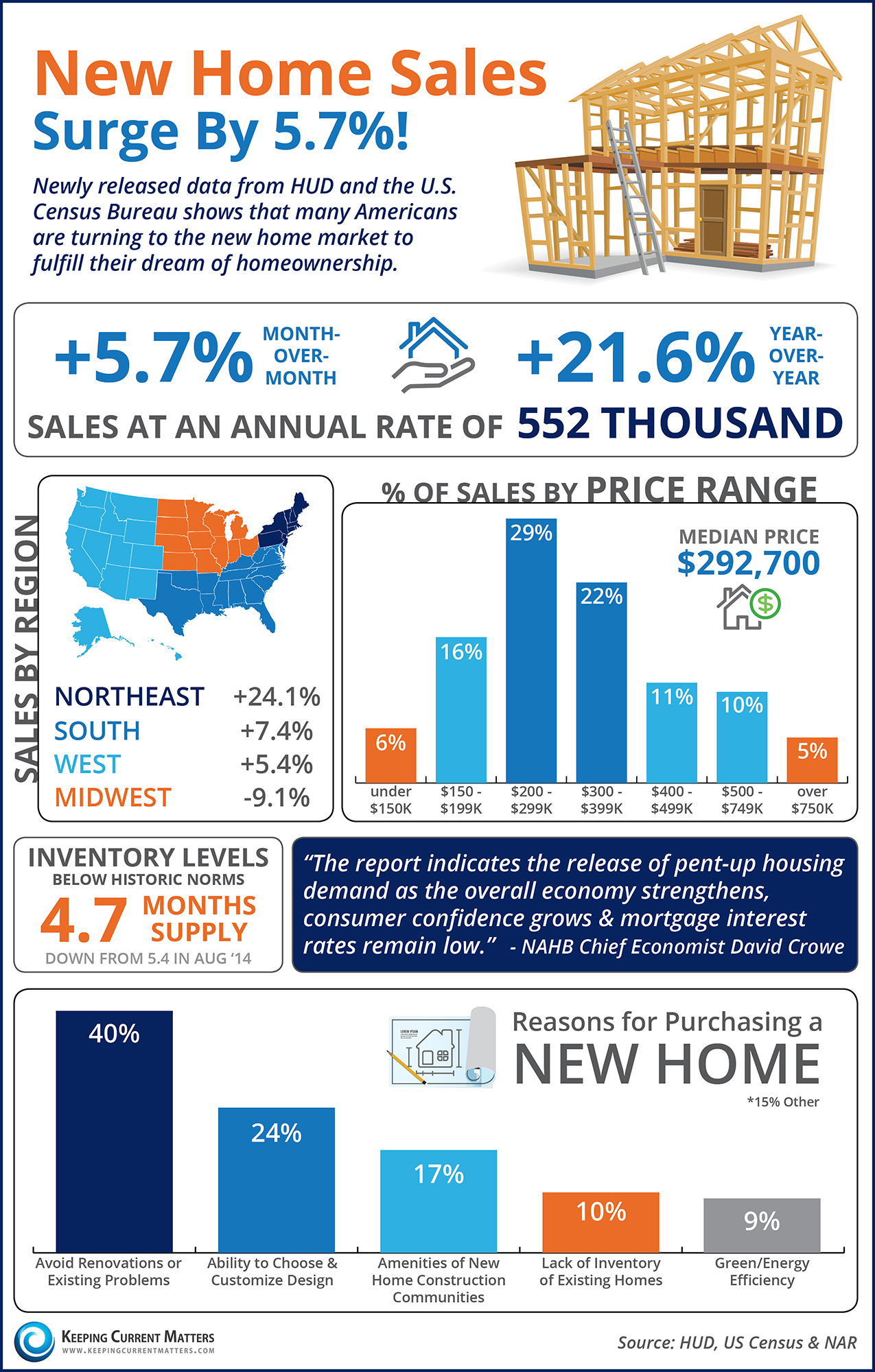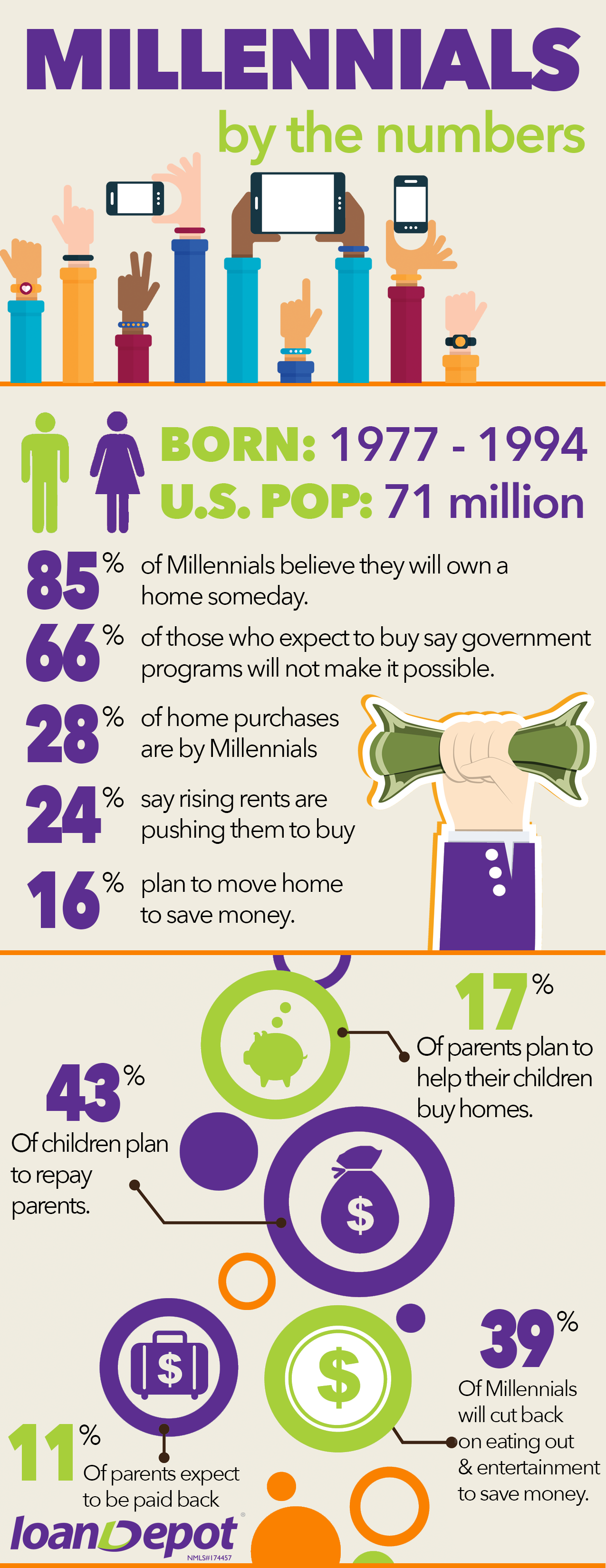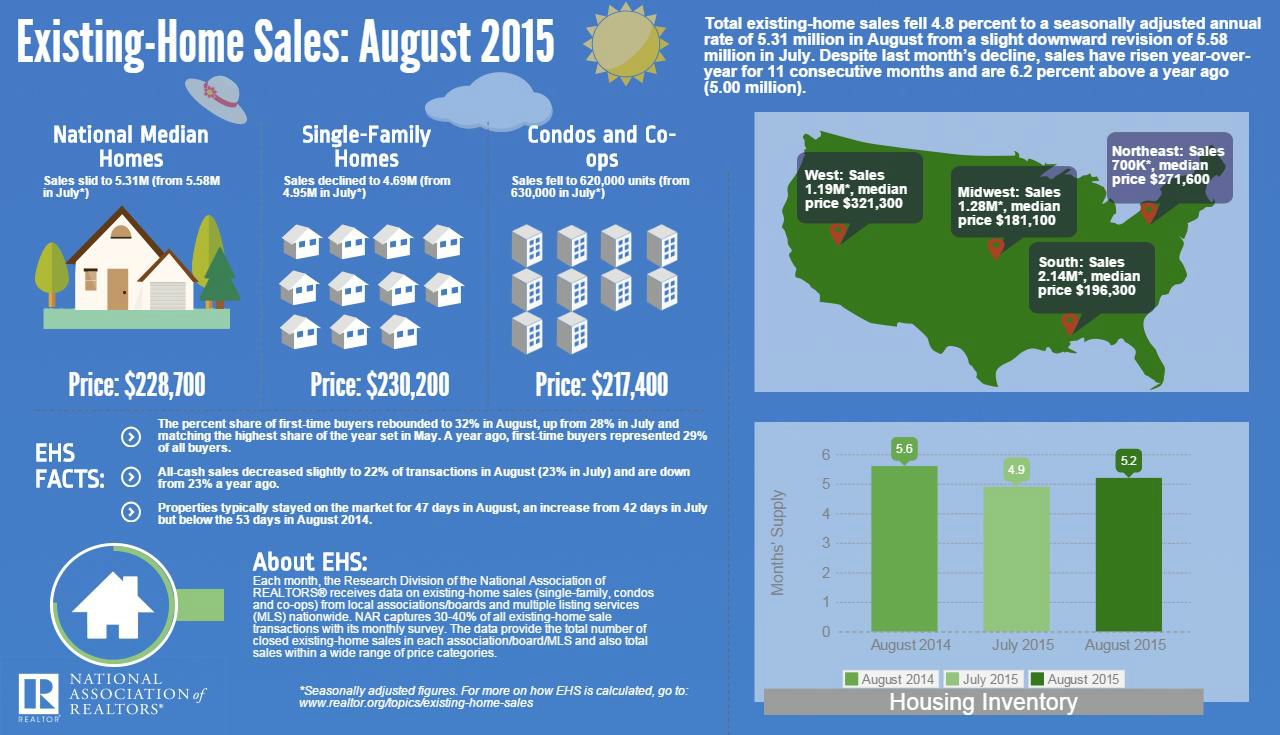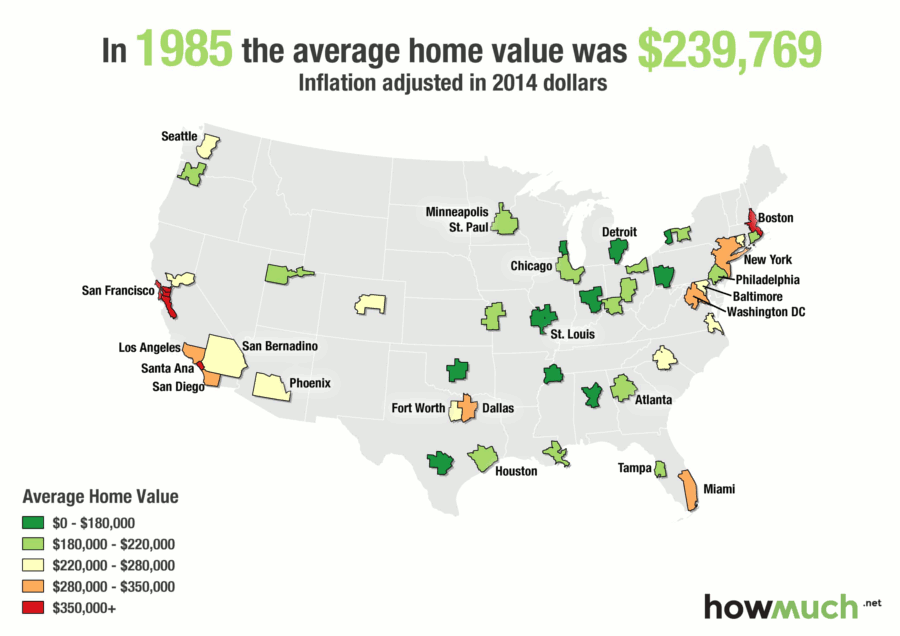Home Prices Up 5.76%
Millennials and Housing
Housingwire published a story that loanDepot interviewed 1,000 parents of Millennial-aged children and 1,000 adults ages 18-38 to see what the financial relationship is like between the two. The study found that 85% of Millennials plan to own a home someday; however, how they will afford it is a different story.
Seventeen percent of parents said they plan to help their children buy homes, while only 11% expect to be paid back (check out the bottom, left of the graph below).
Oddly enough, the percent of parents expecting to be paid back is significantly lower than the 43% of Millennials who plan on repaying their parents.
Housing Market Update
Following three straight months of gains, existing–home sales dipped in August despite slowing price growth and a positive turnaround in the share of sales to first–time buyers, according to the National Association of Realtors®. None of the four major regions experienced sales increases in August.
Total existing–home sales1, which are completed transactions that include single–family homes, townhomes, condominiums and co–ops, fell 4.8 percent to a seasonally adjusted annual rate of 5.31 million in August from a slight downward revision of 5.58 million in July. Despite last month’s decline, sales have risen year–over–year for 11 consecutive months and are 6.2 percent above a year ago (5.00 million).
Lawrence Yun, NAR chief economist, says home sales in August lost some momentum to close out the summer. “Sales activity was down in many parts of the country last month — especially in the South and West — as the persistent summer theme of tight inventory levels likely deterred some buyers,” he said. “The good news for the housing market is that price appreciation the last two months has started to moderate from the unhealthier rate of growth seen earlier this year.”
The median existing–home price2 for all housing types in August was $228,700, which is 4.7 percent above August 2014 ($218,400). August’s price increase marks the 42ndconsecutive month of year–over–year gains.
Total housing inventory3 at the end of August rose 1.3 percent to 2.29 million existing homes available for sale, but is 1.7 percent lower than a year ago (2.33 million). Unsold inventory is at a 5.2–month supply at the current sales pace, up from 4.9 months in July.
“With sales and overall demand higher than a year ago and supply mostly unchanged, low inventories will likely continue to limit options for those looking to buy this fall even with the overall pool of buyers shrinking because of seasonal factors,” adds Yun.
The percent share of first–time buyers rebounded to 32 percent in August, up from 28 percent in July and matching the highest share of the year set in May. A year ago, first–time buyers represented 29 percent of all buyers.
According to Freddie Mac, the average commitment rate for a 30–year, conventional, fixed–rate mortgage declined to 3.91 percent in August after climbing above 4 percent in July (4.05 percent) for the first time since November 2014 (4.00 percent).
“When the Federal Reserve decides to lift short–term rates — likely later this year — the impact on mortgage rates and overall housing demand will likely not be pronounced,” says Yun. “With job growth holding steady, prospective buyers can handle any gradual rise in mortgage rates — especially if today’s stronger labor market finally leads to a boost in wages and homebuilding accelerates to alleviate supply shortages and slow price growth in some markets.”
NAR released a study earlier this month that examined new home construction in relation to job gains. The findings revealed that homebuilding activity is currently insufficient in a majority of metro areas and is contributing to the ongoing housing shortages and unhealthy price growth in many markets.
Properties typically stayed on the market for 47 days in August, an increase from 42 days in July but below the 53 days in August 2014. Short sales were on the market the longest at a median of 124 days in August, while foreclosures sold in 66 days and non–distressed homes took 45 days. Forty percent of homes sold in August were on the market for less than a month.
All–cash sales decreased slightly to 22 percent of transactions in August (23 percent in July) and are down from 23 percent a year ago. Individual investors, who account for many cash sales, purchased 12 percent of homes in August, down from 13 percent in July and unchanged from a year ago. Sixty percent of investors paid cash in August.
Matching the lowest share since NAR began tracking in October 2008, distressed sales4— foreclosures and short sales — remained at 7 percent in August for the second consecutive month; they were 8 percent a year ago. Five percent of August sales were foreclosures and 2 percent were short sales. Foreclosures sold for an average discount of 18 percent below market value in August (17 percent in July), while short sales were discounted 12 percent (unchanged from July).
NAR President Chris Polychron, executive broker with 1st Choice Realty in Hot Springs, Ark., says Realtors® worked hard over the summer to prepare for the Oct. 3 implementation of Know Before You Owe, also known as the TILA–RESPA Integrated Disclosure rule. “A large majority of Realtors® have taken some form of training5 to prepare for the new disclosure requirements,” he said. “As the ruling goes into effect next month, communication is crucial between all parties involved in a real estate transaction to ensure consumers get to closing seamlessly and without delay. NAR will monitor the progress of the rule in the weeks ahead and will share any concerns that arise as part of our continued partnership with the Consumer Financial Protection Bureau.”
Single–family and Condo/Co–op Sales
Single–family home sales declined 5.3 percent to a seasonally adjusted annual rate of 4.69 million in August from 4.95 million in July, but are still 6.1 percent above the 4.42 million pace a year ago. The median existing single–family home price was $230,200 in August, up 5.1 percent from August 2014.
Existing condominium and co–op sales declined 1.6 percent to a seasonally adjusted annual rate of 620,000 units in August from 630,000 units in July, but are still up 6.9 percent from August 2014 (580,000 units). The median existing condo price was $217,400 in August, which is 2.2 percent above a year ago.
Regional Breakdown
August existing–home sales in the Northeast were at an annual rate of 700,000, unchanged from July and 6.1 percent above a year ago. The median price in the Northeast was $271,600, which is 2.4 percent above August 2014.
In the Midwest, existing–home sales declined 1.5 percent to an annual rate of 1.28 million in August, but remain 5.8 percent above August 2014. The median price in the Midwest was $181,100, up 4.0 percent from a year ago.
Existing–home sales in the South fell 6.6 percent to an annual rate of 2.14 million in August, but are still 5.9 percent above August 2014. The median price in the South was $196,300, up 6.0 percent from a year ago.
Existing–home sales in the West dropped 7.8 percent to an annual rate of 1.19 million in August, but remain 7.2 percent above a year ago. The median price in the West was $321,300, which is 7.1 percent above August 2014.
NOTE: For local information, please contact the local association of Realtors® for data from local multiple listing services. Local MLS data is the most accurate source of sales and price information in specific areas, although there may be differences in reporting methodology.
1Existing–home sales, which include single–family, townhomes, condominiums and co–ops, are based on transaction closings from Multiple Listing Services. Changes in sales trends outside of MLSs are not captured in the monthly series. NAR rebenchmarks home sales periodically using other sources to assess overall home sales trends, including sales not reported by MLSs.
Existing–home sales, based on closings, differ from the U.S. Census Bureau’s series on new single–family home sales, which are based on contracts or the acceptance of a deposit. Because of these differences, it is not uncommon for each series to move in different directions in the same month. In addition, existing–home sales, which account for more than 90 percent of total home sales, are based on a much larger data sample — about 40 percent of multiple listing service data each month — and typically are not subject to large prior–month revisions.
The annual rate for a particular month represents what the total number of actual sales for a year would be if the relative pace for that month were maintained for 12 consecutive months. Seasonally adjusted annual rates are used in reporting monthly data to factor out seasonal variations in resale activity. For example, home sales volume is normally higher in the summer than in the winter, primarily because of differences in the weather and family buying patterns. However, seasonal factors cannot compensate for abnormal weather patterns.
Single–family data collection began monthly in 1968, while condo data collection began quarterly in 1981; the series were combined in 1999 when monthly collection of condo data began. Prior to this period, single–family homes accounted for more than nine out of 10 purchases. Historic comparisons for total home sales prior to 1999 are based on monthly single–family sales, combined with the corresponding quarterly sales rate for condos.
2The median price is where half sold for more and half sold for less; medians are more typical of market conditions than average prices, which are skewed higher by a relatively small share of upper–end transactions. The only valid comparisons for median prices are with the same period a year earlier due to seasonality in buying patterns. Month–to–month comparisons do not compensate for seasonal changes, especially for the timing of family buying patterns. Changes in the composition of sales can distort median price data. Year–ago median and mean prices sometimes are revised in an automated process if additional data is received.
The national median condo/co–op price often is higher than the median single–family home price because condos are concentrated in higher–cost housing markets. However, in a given area, single–family homes typically sell for more than condos as seen in NAR’s quarterly metro area price reports.
3Total inventory and month’s supply data are available back through 1999, while single–family inventory and month’s supply are available back to 1982 (prior to 1999, single–family sales accounted for more than 90 percent of transactions and condos were measured only on a quarterly basis).
4Distressed sales (foreclosures and short sales), days on market, first–time buyers, all–cash transactions and investors are from a monthly survey for the NAR’s Realtors® Confidence Index, posted at Realtor.org.
5According to a NAR survey conducted in August, more than 80 percent of respondents indicated they had taken some sort of training (webinar, class, etc.) to prepare for the TILA–RESPA Integrated Disclosure rule.
How Property Assessments Work?
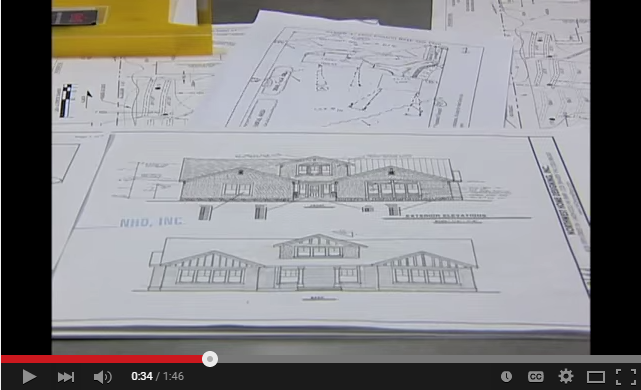 A short video of the King County Assessor’s office explaining how property is assessed.
A short video of the King County Assessor’s office explaining how property is assessed.
[pb_vidembed title=”” caption=”” url=”http://www.youtube.com/watch?v=vnvFc-ZaVxU” type=”yt” w=”680″ h=”385″]
If you have concerns about your assessed value, find out more about King County’s Tax Advisor Office.
[pb_vidembed title=”” caption=”” url=”http://www.youtube.com/watch?v=PHNi0VaQxHA” type=”yt” w=”680″ h=”385″]
Here is a presentation from the King County Assessor’s Office
